As society develops, many customs of ethnic groups are lost over time, but the rituals and ceremonies in traditional weddings are still passed down by the Red Dao people of Cao Bang to educate their children.
The wedding of the Red Dao people consists of many complicated rituals (depending on each group or each region, there are separate rituals). But in general, the wedding ceremony proceeds through several steps such as: the "minh nai" engagement ceremony, the official "ghia tinh" engagement ceremony and the wedding ceremony.
When a boy reaches 13 or 14 years old, parents often look for a girl who is pleasing to the eye, obedient and hard-working, then they go to propose and build a relationship with the girl's family. Parents are the ones who decide on their children's marriage. If the girl's date of birth is compatible with the boy's, they decide to hold an engagement ceremony. The engagement ceremony is usually when the boy's father or mother personally goes to the girl's family, with gifts including a bottle of wine, a roll of red wool, and a strip of cloth.
After the official engagement ceremony, the girl is allowed to stay home for nine months to a year to embroider clothes, belts, scarves... At the same time, if the groom's family requests, the girl must also embroider pants or belts for the groom's family (however many sets of embroidery the groom's family must pay for all materials such as wool, fabric, embroidery thread...). In addition to fabric, wool and thread to make new clothes, the groom's family must prepare enough dowry to the bride's family for the wedding day including: pork, rice, wine, silver for making jewelry: 200 eight-cornered flowers, two necklaces worth about 12 silver coins, a pair of bracelets... The bride's dowry for the bride to her husband's house is usually: a wooden box, a sheep blanket, a pair of mats, a washbasin.
On the wedding day (predetermined from the engagement ceremony), before taking the bride to the groom's house, the bride's family slaughters a boiled chicken and makes an offering to the ancestors, informing them that from now on this girl will be getting married. The number of relatives of the bride's family taking the bride to the groom's house is informed in advance to the groom's family so that the groom's family can prepare a feast and meat to share with everyone on the bride's family to take home, and also to share wine.
The bridal procession to the groom's house also has trumpeters to see the bride off. If the two houses are close together, the groom's family can send someone to pick her up halfway. If the distance is too far, the bride's family will bring rice balls to eat along the way, and only when they get close to the groom's house can they pick her up. While on the road, the bride is held by the bridesmaids with umbrellas and must cover her face the entire way with an elaborately embroidered cloth, adorned with jewelry with a triangular frame covering her head. When wearing a veil to go out the door, the bride is not allowed to turn back to look at her parents and siblings.

The Red Dao people maintain wearing traditional costumes in weddings and festivals.
When the bride's family approached the groom's house, the bride's family blew a trumpet to notify the groom's family to come out and welcome them. The groom's family also blew trumpets, drums and gongs to greet the bride's family, circled around the bride's family three times, both sides bowed to each other before entering the house. After that, the groom's family began to organize the ceremony to receive the new bride and organized a grand meal for both families.
In the marriage of the Red Dao, if the son moves to live with his wife's family permanently, he must change his last name to his wife's.
Nowadays, the cultural life of ethnic groups has changed a lot, the Red Dao people are no exception, the wedding ceremony has also been adjusted to suit current conditions, however the basic steps are still preserved, especially in terms of costumes. Young people leave their hometowns, go to work far away, and absorb modern cultures, but in their wedding ceremonies they still maintain their ethnic costumes in traditional wedding ceremonies.
Hong Chuyen/ Cao Bang Newspaper
Source: https://baophutho.vn/dam-cuoi-cua-nguoi-dao-do-216947.htm












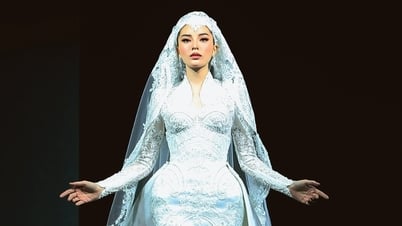



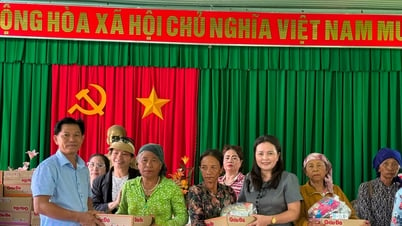


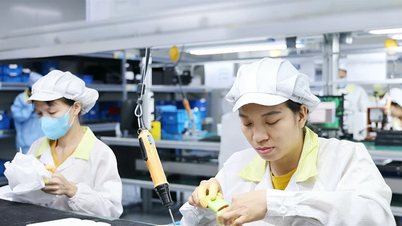
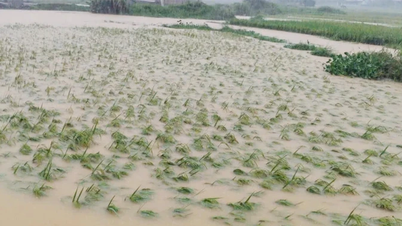

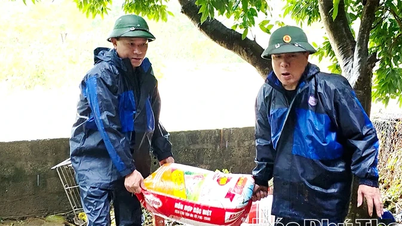

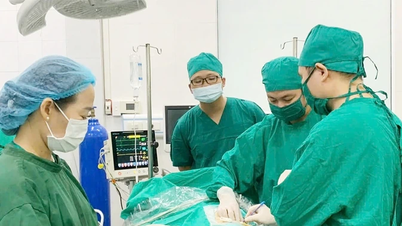




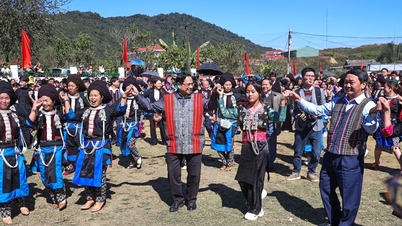
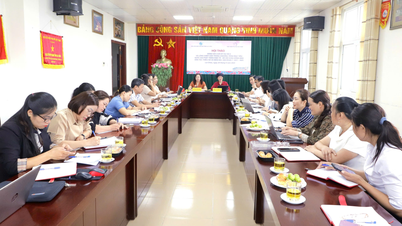



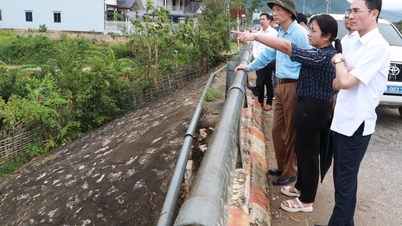
![[Photo] President Luong Cuong receives President of the Cuban National Assembly Esteban Lazo Hernandez](https://vphoto.vietnam.vn/thumb/1200x675/vietnam/resource/IMAGE/2025/9/30/4d38932911c24f6ea1936252bd5427fa)
![[Photo] The 1st Congress of Phu Tho Provincial Party Committee, term 2025-2030](https://vphoto.vietnam.vn/thumb/1200x675/vietnam/resource/IMAGE/2025/9/30/1507da06216649bba8a1ce6251816820)
![[Photo] Solemn opening of the 12th Military Party Congress for the 2025-2030 term](https://vphoto.vietnam.vn/thumb/1200x675/vietnam/resource/IMAGE/2025/9/30/2cd383b3130d41a1a4b5ace0d5eb989d)
![[Photo] Panorama of the cable-stayed bridge, the final bottleneck of the Ben Luc-Long Thanh expressway](https://vphoto.vietnam.vn/thumb/1200x675/vietnam/resource/IMAGE/2025/9/30/391fdf21025541d6b2f092e49a17243f)






















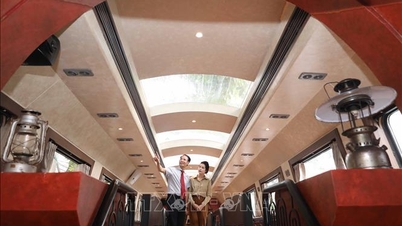
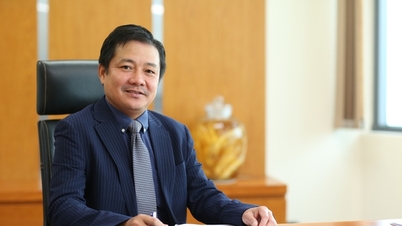

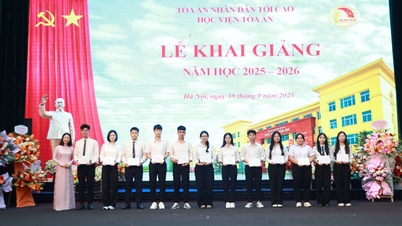

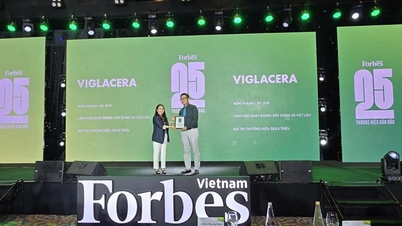
















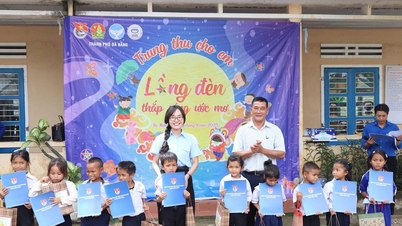

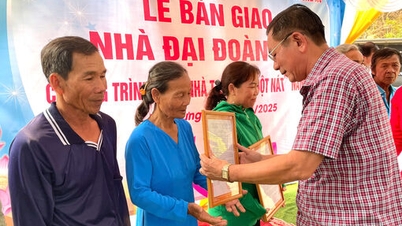


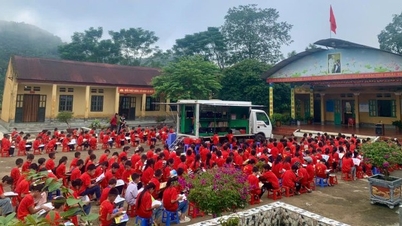


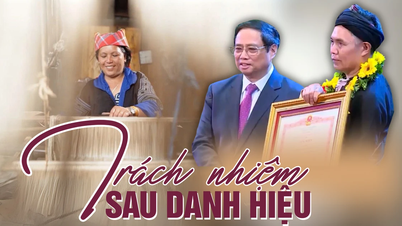









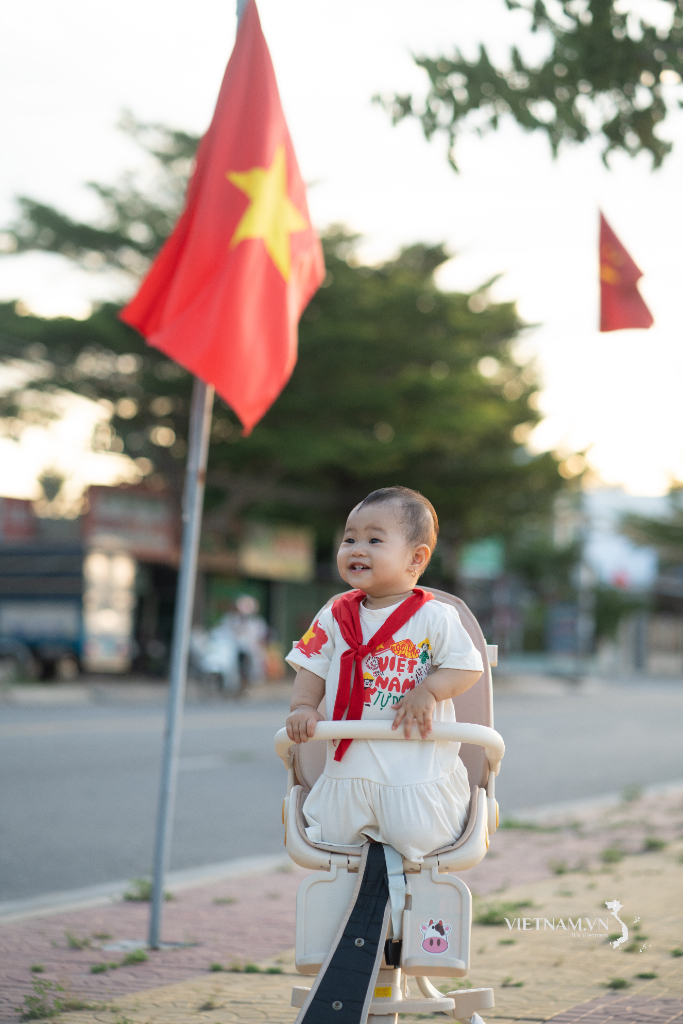

Comment (0)